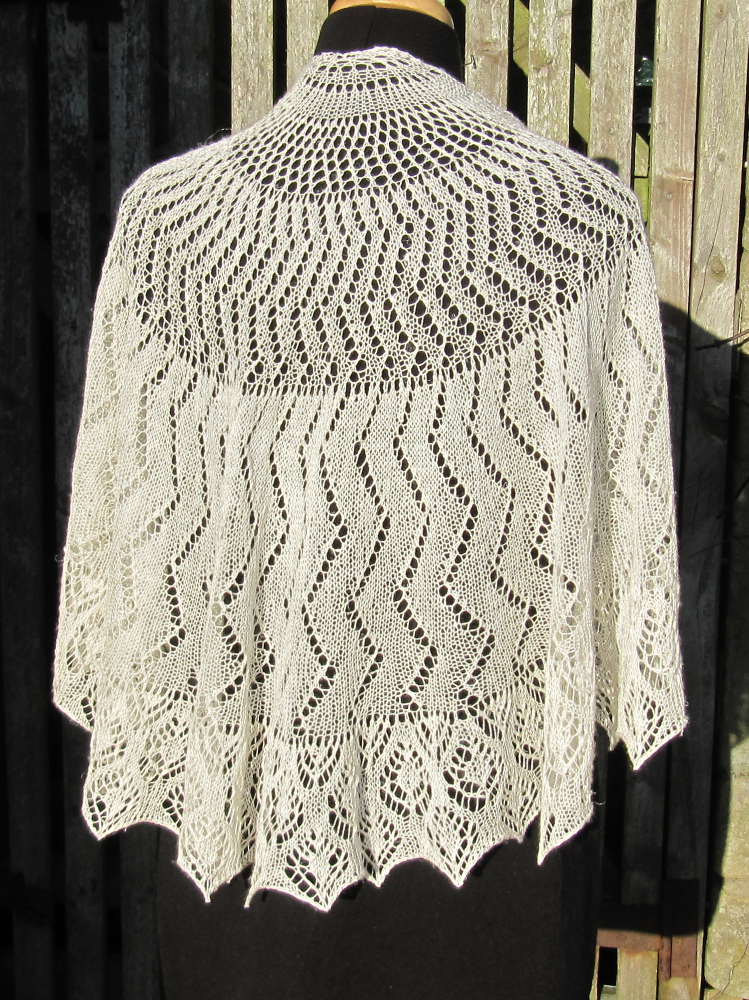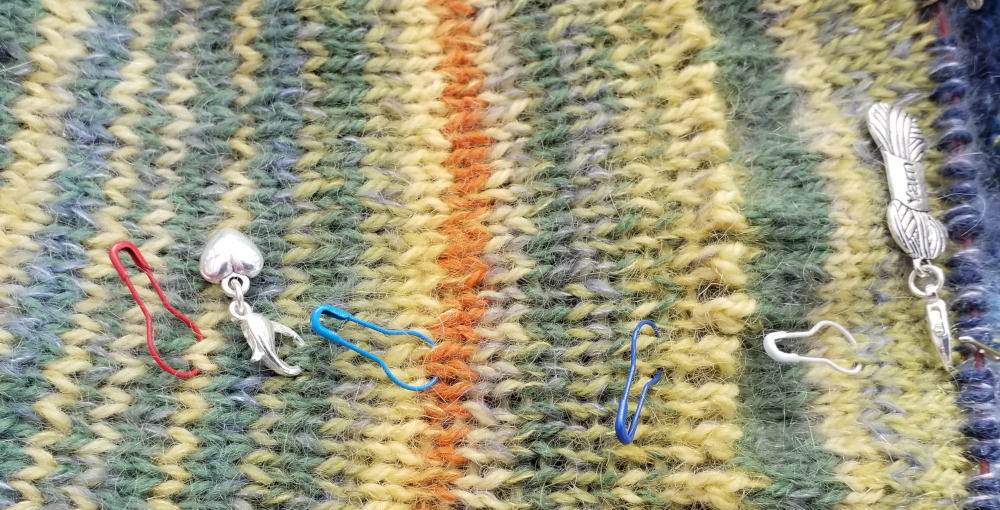Weeds are just plants that are growing in the wrong place. They may have been self seeded, blown by the wind or dropped by passing birds. We root them out and throw them on the compost heap, or burn them, or smother them in toxic chemicals; we rarely look at them and see their beauty, we disregard their utility as food or medicine for either ourselves or for animals or insects; they are not worthy of study or preservation.
There are so many weeds that I admire, my so-called vegetable garden is full of them. It is true, not everything can find a place in a garden, but everything has something to offer the earth. Take stinging nettles, for instance; they sting you if you are unwary, they grow where you don’t want them, and scurry underground to pop up to form large clumps if you let them. But they are an enormously useful plant. They are a host plant for butterflies such as the Small Tortoiseshell and Peacock, and for ladybirds, which lay their eggs on nettle leaves to provide food for their larvae. Their seeds are a nutritious food source for wild birds, shrews, field mice. They provide nitrogen to enrich the compost heap, their leaves and stems can be steeped in water to provide “nettle tea”, a valuable liquid feed for vegetables and fruit bushes. They can be used to feed animals and humans; they contain a lot of minerals and vitamins: they are high in magnesium, calcium, iron and vitamin A, as well as protein, making them a superfood for humans and livestock. The leaves can be used for teas, pesto, soup and as a vegetable, cooked like spinach. The leaves can be dried and crumbled into feed for chickens to give a vitamin boost during the winter months. And beyond all of that, the stems can be left to dry where they stand during the winter, and in the spring, the retted fibres can be processed into a yarn not unlike hemp. Not so useless after all!
I have chosen five weeds as inspiration for this collection of tam patterns: Shepherd’s Purse, Wild Oats, Poppy, Teasel, and Thistle. All grow very well in my garden in West Yorkshire, UK; some I leave for birds to eat the seeds (goldfinches are particularly fond of teasel and thistle seeds), some seeds I collect to scatter in wild places (poppies are a delightful and welcome sight growing in unlikely places), some I root out when their work as foodsource has completed, and they become valuable compost additions.
Everything has a place and a purpose, even weeds.

The first weed I have chosen for the collection is the Shepherd’s Purse, Capsella bursa-pastoris. It grows almost unnoticed in my vegetable beds, and then suddenly everywhere there are stems covered in seed capsules. I collected and pressed a number of the stems so that I would have a permanent design resource. The result is the tam pattern based upon the seed capsules, but also utilising the tiny star-like flowers and the corona of leaves typical of the plant.
The Weeds Collection can be purchased from the Granary Knits Payhip Pattern Store.
- Shepherd’s Purse
- Poppy – TBA
- Wild Oats
- Teasel
- Thistle – TBA









































